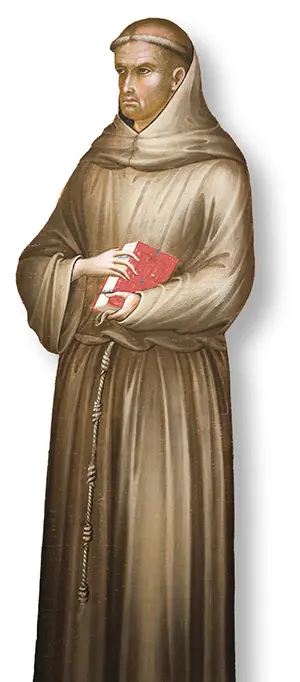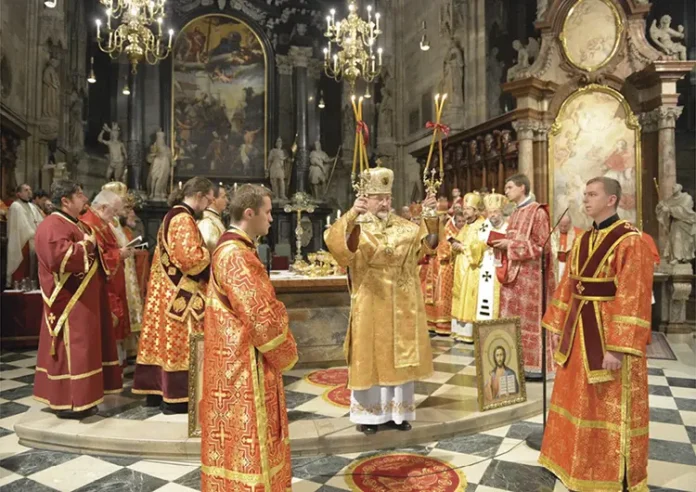…that there are several Eastern Catholic Churches?
Uniting East and West has always been a challenge, and not even the imperious Alexander the Great achieved such a glorious endeavour. History learned from him that conquering territories does not mean uniting peoples… This immense feat, however, was accomplished by the Catholic Church by uniting the two extremes of the globe under one cupula.
Indeed, in addition to the great Latin Church, the twenty-three Eastern Catholic Churches, based primarily in the Near East and India, belong to the one true Church of Christ.
They have privileges granted by the Supreme Pontiffs, who safeguard their age-old traditions. They are governed by a jurisdiction of their own – sui iuris – and a code of laws common to all, the Code of Canons of the Eastern Churches. Their rites, in the celebration of the Eucharist, for example, differ from those of the Latin Church. The liturgical vestments and episcopal insignia are also different: in some cases, instead of wearing a mitre, bishops wear a beautiful crown! All this diversity is sheltered under the aegis of the sweet Christ on earth, as an expression of richness, continuity, and communion.
The Eastern Catholic Churches are distinct from those that, beginning in 1054, at the time of the Great Schism of Constantinople, separated from Rome and became part of what they denominated as the Orthodox Church. The filial submission of the former to the Roman Pontiff thus manifests that true unity “can only be unity in faith” (LEO XIV. Speech, May 19, 2025). ◊
…that St. Anthony of Padua was a lieutenant colonel of Brazil?
St. Anthony of Padua – or of Lisbon – was born in Portugal, of noble ancestry, in 1195. He became a Franciscan, died in 1231, and was canonized the following year, more than two hundred and fifty years before the discovery of Brazil. How, then, could the medieval Saint have a connection to the Brazilian Army?

In the 17th century, King Alfonso VI, faced with the imminent Battle of Montes Claros in Portugal, symbolically enlisted St. Anthony in the Portuguese Army. 22,600 Spaniards fought that battle against 20,500 Portuguese. The new soldier rapidly demonstrated the superiority of heavenly intervention, regaining independence for the Portuguese crown.
Recruited as a private in the 2nd Infantry Regiment of Lagos by order of Alfonso VI, the faithful son of St. Francis joined the Brazilian army in 1685, during the Palmares War. In 1711, by royal charter, on March 21, the king of Portugal appointed him captain of Brazil for his assistance in the battle against the French corsair Duclerc.
Later, in 1814, Don John VI conferred on the Saint the rank of lieutenant colonel, with the due remuneration of eighty thousand réis, which was transferred to the Franciscan convent in Rio de Janeiro. Unfortunately, former president Hermes da Fonseca ordered the suspension of this salary…
Despite having lost his earthly remuneration, St. Anthony – who, above all, was a Franciscan and, therefore, a son of poverty – retained the most important thing: the responsibility of protecting such a vast nation and the affection of the Brazilian people! ◊


